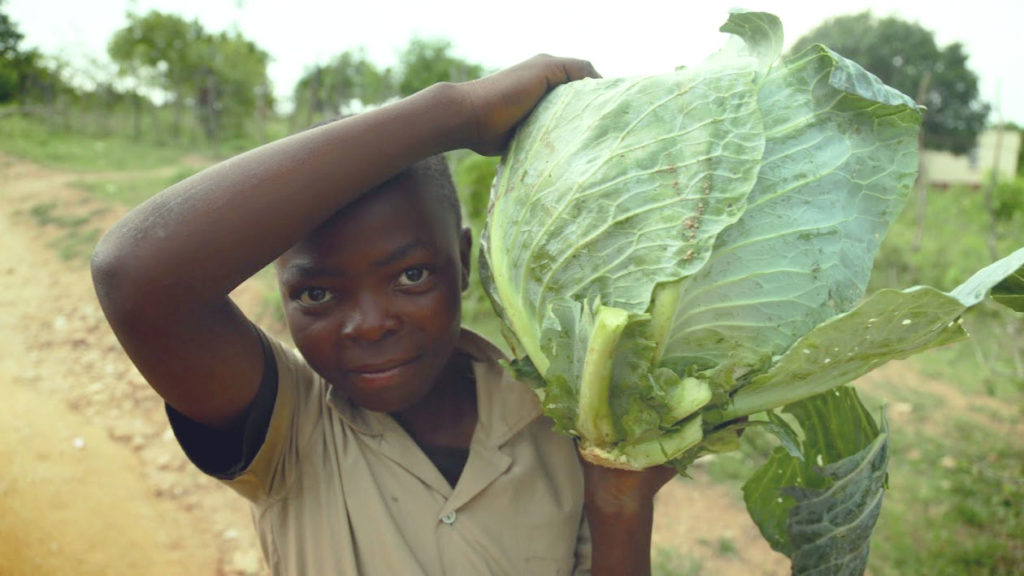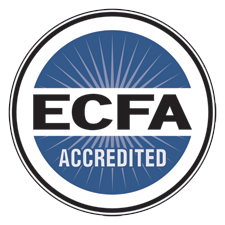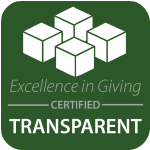In a recent New York Times article, “Drought and War Heighten Threat of Not Just 1 Famine, but 4,” Jeffrey Gettleman does an excellent job of describing the tragedy of the famine occurring in South Sudan, Yemen, Nigeria, and Somalia. Lack of clean water (lack of any water) and scarcity of food has driven millions of people to displacement camps, where fatal diseases are ubiquitous due to lack of hygiene and clean water. People are forced to drink contaminated water–often cloudy or slimy in color and texture–because it is the only water available. The UN’s humanitarian coordinator, Stephen O’Brien, stated that this famine is “the largest humanitarian crisis” since 1945.
It is evidently true that the millions of humans who are currently starving to death need immediate assistance. We see the horrifying images over and over again, and often feel powerless to help the people we see in pain. It is heart wrenching. We struggle with how we can impact such a prolific problem.
This article brings up an ideology of poverty that is pervasive in our culture. We would like to share some insight into this ideology and suggest a different way to help.
Needs vs. Assets
Mr. Gettleman spends a great deal of the article describing the tragic conditions that trademark severe famine – and they are immense. When one reads this article, the focus is limited to responding to the needs of people in these nations with drought and famine. And why not? See a need, provide a solution by eliminating the need. A natural way of thinking about poverty is to believe that a person who is impoverished has nothing. Instead of focusing only on the needs, what if we focused on the assets inherent within people and their environment? Mr. Gettleman states, “Aid officials say all the needed food and water exist on this planet in abundance — even within these hard-hit countries.” An approach that has proven to be an effective ideology of poverty is one that does not see impoverished communities as need-based, but as asset-based, wherein one’s focus is directed at available, local assets which can be leveraged, not on needs. Instead of amplifying the desperation, we need to ask what resources do they have, and how we can come alongside these people to empower them to develop those assets. Eventually, they could develop a level of self-sustainability beyond the basics of water, food, and shelter, ultimately leading to them into income-generating activities.
A holistic perspective, including all aspects of well-being, is needed to create stability in times of drought. The asset-based model empowers them rather than conveying to them that their existence depends on charity.
Viewing an environment from this perspective gives great consideration and appreciation to an individual’s human capital, their intellectual capacity, creativity, personality, drive, and ambition. We need to acknowledge and nurture the assets that people are, and the assets that they have.
Dignity vs. Dependence
Dignity is having a sense of self-worth. When we begin to view individuals as assets and not as “being needy,” we inherently begin to uphold their dignity. The individuals suffering from drought and famine can be empowered to mine their own resources. Yes, simply giving money is a quick and relatively easy way to provide relief, but unfortunately it is an ephemeral solution. The goal should not be to simply provide relief. We must raise the bar and expect individuals to thrive – in no matter what environment they exist. When we assess what they have as people, as individuals, and guide them to create value from their environment and relationships, we can empower them to create their own wealth.
Self-realization, dignity, and confidence are the result of leading a community away from dependence. They will no longer feel like their existence is reliant on others’ gratuity, but will have the confidence and self-esteem to stand by themselves.
Transactions vs. Transformation
Mr. Gettleman suggests that giving cash to those struggling will lift them out of their dejected state, saying, “Different strategies are being emphasized this time around to parry the famine. One is simply giving out cash.” He goes on to say that the UN and private agencies “are scaling up efforts to dole out money through a new electronic card system and by mobile phone.”
What the author is calling for is an on-going transfer of what could become millions, even billions, of dollars to solve the problem of poverty. This begs the question of whether “Wealth Transfer,” without healing and wholeness and some basic training in stewardship, will accomplish any long-term transformation. If one pours water into a glass but the glass is filled with cracks, can it hold the water? The funds will not accomplish their goal and may well pour out through the cracks and precipitate the same disastrous results as was the case after the earthquake in Haiti. To use only one example from that time, according to the Huffington Post, the Red Cross sent $500,000 that built six homes in Haiti after the earthquake. Similarly, how will pouring money into a land that has both relational cracks and does not have a history of proper use of funds get good results? Certainly, no one desires to see hard-earned funds not accomplishing something of lasting value.
Wealth vs. Poverty
Money does not create wealth –people create wealth. People can dwell in a desert and create value and prosperity, or people can live in Manhattan and live in poverty. So what does it mean to create wealth? Creating wealth and community transformation is not a short-term endeavor, and requires an investment in people, not just the use of their environment. If one wants to help develop a person, as one helps them to realize their potential, healthy relationships and opportunities begin to open up. Is this not true wealth as compared to simply possessing money?
What if there were a plan to eradicate poverty that actually transformed communities, beginning with leveraging the value of local people and resources to provide basic necessities, ultimately leading to self-sustainment?
Resources are everywhere, and can be found in every community and environment. What if we could identify those resources and leverage them to create value?
People create prosperity, and human life value is true wealth. This includes one’s accomplishments–the people we impact and what someone invests in the world, during their lifetime. Human life value is the engine of true wealth creation.
____________________________________
If you would like to engage with the transformational work that is occurring around the world through HopeChest’s unique model, you can peruse our page, Get Involved.





